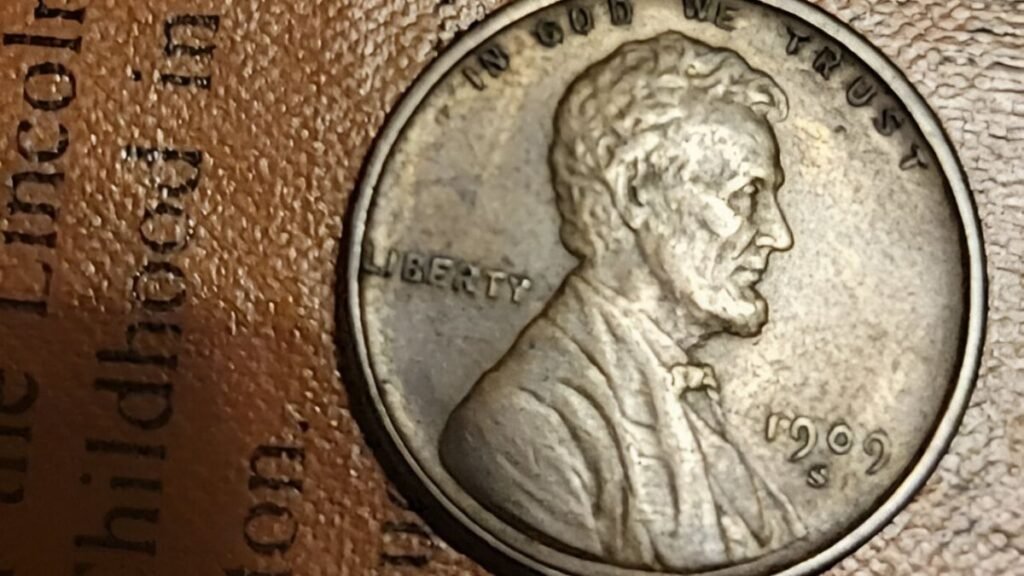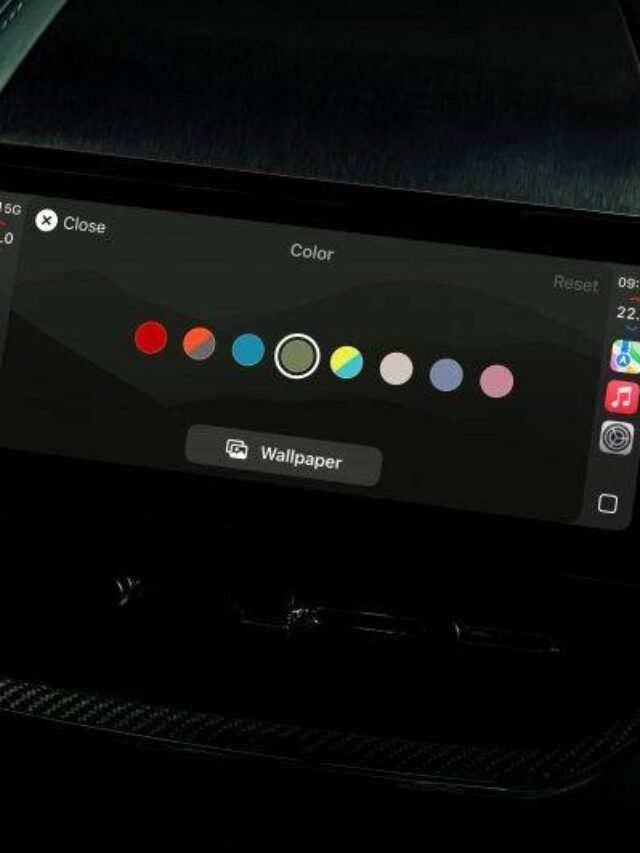When the Lincoln Wheat Penny first entered the hands of Americans in 1909, it wasn’t just a new coin — it was the beginning of a new chapter in America’s cultural and political consciousness. The coin was released as the nation celebrated the 100th anniversary of Abraham Lincoln’s birth. Lincoln is one of the few presidents in American history who led the country through challenging times like the Civil War and played a key role in abolishing slavery. So, when his face found a place on a common coin, it was a proud moment for America. No US currency had ever featured a living person before, only symbolic figures like ‘Lady Liberty.’ This change not only changed the direction of American coin design but also connected President Lincoln to the daily lives of the public.
Big artwork on a small coin—Victor David Brenner’s masterpiece
When we look at a coin, we rarely notice how much effort and sensitivity has gone into creating the figure on it. But the design of the Lincoln Wheat Penny is an excellent example of how deep artistry can be engraved even in a limited space. The designer of this coin, Victor David Brenner, engraved the image of Lincoln’s face with such seriousness and detail that it seemed like an ideal to every American.
On the obverse of the coin, Lincoln’s profile looking towards the left is made, which depicts his calm, thoughtful and strong personality. On the reverse, two wheat ears are seen, which surround “ONE CENT” and “UNITED STATES OF AMERICA.” This wheat was considered a symbol of America’s agricultural prosperity and hardworking people. This design made such a deep place in the hearts of the American people that this design continued for almost fifty years, i.e., from 1909 to 1958. Until it was replaced by the Lincoln Memorial design, this penny had become a permanent face of American currency.
Some rare pennies recorded in history whose value is immeasurable

Every Lincoln Wheat Penny has historical importance in itself, but there are some coins that became extremely rare due to time and circumstances and today their value is estimated not in lakhs but in millions of dollars. The most famous among them is the 1909-S VDB Penny. This coin is special because it has ‘VDB,’ i.e., the initials of the name of designer Victor David Brenner, inscribed at the bottom of the coin.
When this design was first introduced, some critics objected to the name being too prominent, and it was soon removed. As a result, a very small number of pennies of the 1909-S VDB version were made and today they are extremely rare and valuable to collectors.
The second, and perhaps one of the most talked about versions, is the 1943 Bronze Penny. Most of the pennies this year were made from steel because there was a huge shortage of copper during World War II and it was being used in defense materials. But by mistake some bronze planchets (metal discs used to make coins) were left in the machine and became pennies. They were made in very few numbers and their very existence makes them so valuable that a single 1943 bronze penny has fetched $4 million at auction. These coins are not only collectibles but also a wonderful example of history and coincidence.
Coins worth millions of dollars are still circulating today— Do you have any?
The most exciting thing is that some of these extremely rare and valuable coins may still be in normal circulation today. People have found pennies in their old piggy banks or grandparents’ safes that later sold for huge prices among collectors. This means that an ordinary-looking coin lying in a corner of your house could actually be a small treasure. This is why coin collectors and common people are paying more attention to old coins these days. If you own a 1909-S VDB or a 1943 Bronze Penny, it could change your life.
Conclusion: An Ordinary Penny, an Extraordinary Legacy
The Lincoln Wheat Penny isn’t just a coin — it’s a glimpse of a time, the spirit of an artist, and the pride of a nation. The way this coin connects President Lincoln with the general public is what makes it unique. And the economic value of rare editions has taken it to another level. This coin continues to teach us that true value isn’t always in the form or shape but in the story, history, and spirit that’s hidden within. So the next time you come across an old coin, take a closer look — it may not be just a penny but the key to your fortune.
FAQs
Q. Why is the Lincoln Wheat Penny so valuable?
A. Some versions, like the 1909-S VDB and 1943 bronze penny, are extremely rare and historically significant, making them highly valuable to collectors.
Q. What does “VDB” stand for on the 1909 penny?
A. “VDB” are the initials of the coin’s designer, Victor David Brenner.
Q. How can I know if my Wheat Penny is worth money?
A. Check the mint mark, date, and condition. Rare versions should be authenticated by a professional coin grader.
Q. What is the most expensive Lincoln Wheat Penny ever sold?
A. A 1943 bronze Lincoln penny once sold for over $5.5 million at auction.
Q. Can I still find valuable Wheat Pennies in circulation?
A. Yes, though rare, valuable Wheat Pennies have been discovered in old change jars, estate sales, and coin rolls.







